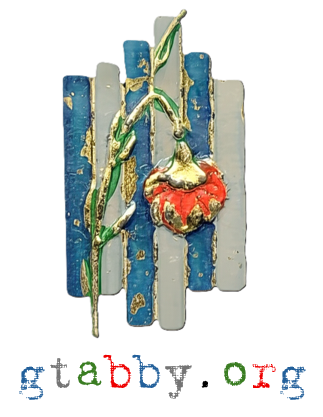My father: Collecting history | by David Tabby
My father, Gilbert, was a lifelong collector. I never thought to ask him why. I am not sure that he knew why. Perhaps it was knowing that his collection would outlive him?
Gil was attracted to military things since boyhood. His first appropriation was a WWI civil defense helmet from a neighbor’s war-effort scrap metal pile during WWII. He became an expert marksman on the gun range at summer camp. In 1950, at age 18, he made up his mind to pilot the Navy’s new Grumman F-11 “Tiger.” But his pre-enlistment physical exam revealed previously undiagnosed high blood pressure, and he was rejected. Perhaps because he could not serve his country in the military, he collected militaria instead. He collected helmets, hats, caps, berets, insignia, uniforms, boots, and a Jeep. Beyond militaria, he collected stamps, coins, currency, model tanks and airplanes, and Coke bottles and Monopoly sets from around the world. He built a “war room” in his basement for his militaria. Though he began with some organization, new acquisitions piled up. Most of his collection lived in closets, cabinets, and boxes.
He was diagnosed with pancreatic cancer in June 2019. He wanted some of his prized possessions with him in his sick room. He died in December 2019 at age 87. Months after he passed, I decided to display all of his military collection in his house in a manner that would make him happy.
While he lived, I knew about a few holocaust items. I did not know that he had eight concentration camp uniforms and three ghetto jackets with Jewish badges sewn on. I did not know that he had Nuremberg law posters and signs. I did not know that he had 150 letters written from camps by prisoners to their families. I began to understand that he was creating a record of Jewish life in Europe during Nazi occupation with objects that they may have seen, touched, or used either in a ghetto or in a concentration camp.
I knew that his collection should be shared and that could not happen from his basement. I am eternally grateful to the dedicated teachers and staff of the Whitwell Middle School and the Children’s Holocaust Museum for providing space for his collection and allowing it to support their mission of teaching tolerance to students.

